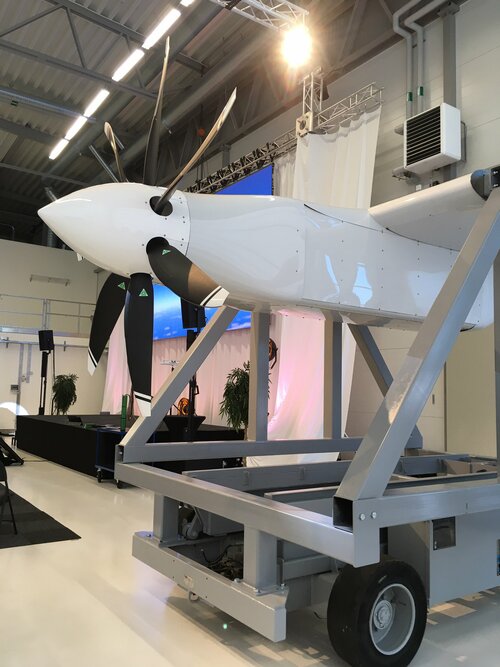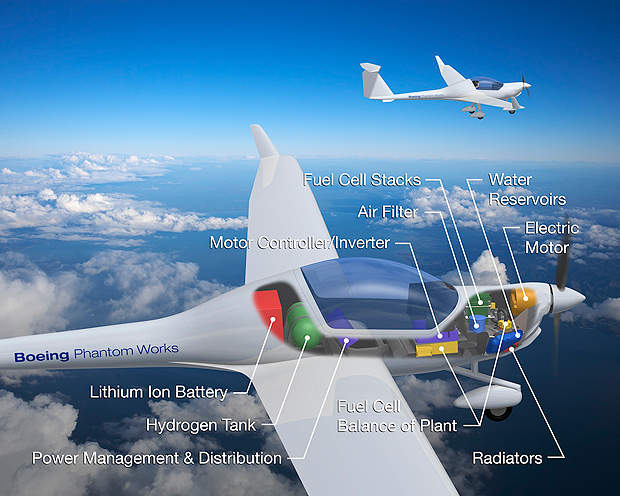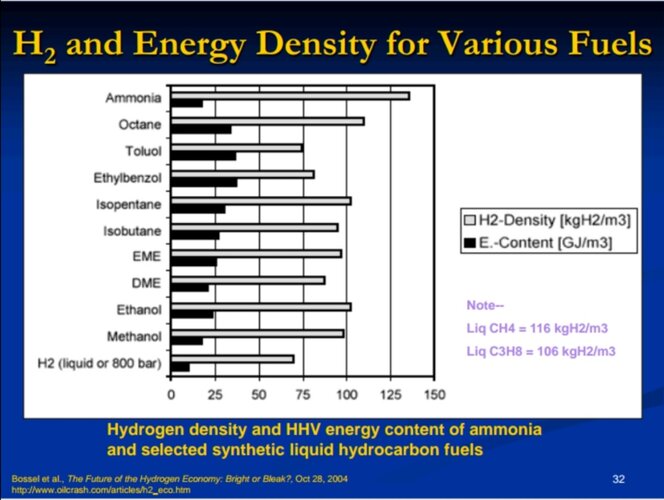You are using an out of date browser. It may not display this or other websites correctly.
You should upgrade or use an alternative browser.
You should upgrade or use an alternative browser.
Electric and Hydrogen aeroplanes - feasibility and issues
- Thread starter Grey Havoc
- Start date
alberchico
I really should change my personal text
- Joined
- 14 January 2014
- Messages
- 708
- Reaction score
- 1,514
I've been following the progress of the Heart Aerospace ES-19 ever since it was announced, which will be a 4 engined commuter plane seating 19 passengers. It seems to have attracted some interest from Finnair and some local carriers. They also unveiled a detailed model of the aircraft as well as a full scale prototype of one of the electric engines.
View: https://twitter.com/flygkanalen/status/1308837671138140160
However, this article presents a damming indictment of the project, claiming that with the weight of the batteries it will be almost 2.4 times heavier than a Beech 1900, meaning that the useful range will be severely affected. The article concludes by saying that battery tech still has to make huge strides for a large commuter aircraft to be viable.
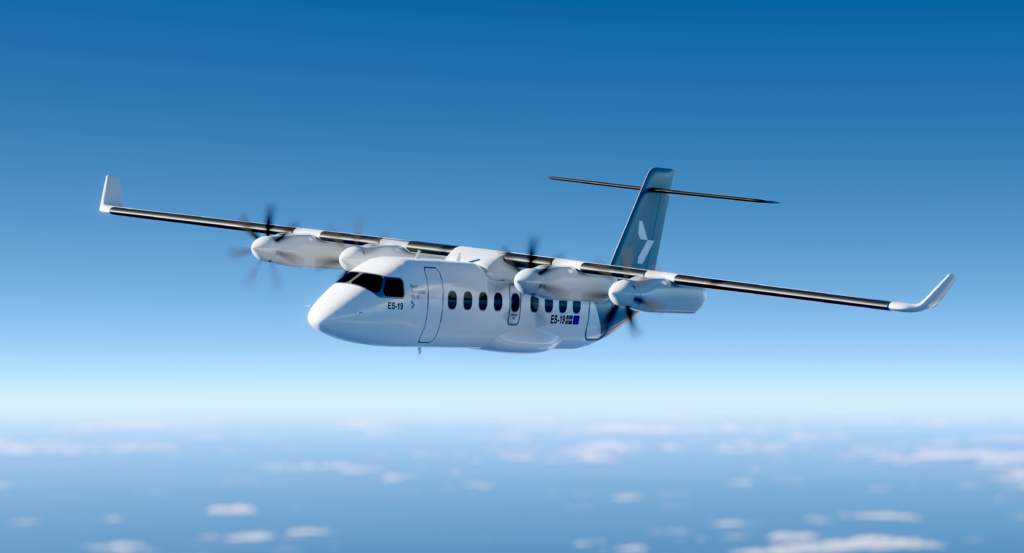
 leehamnews.com
leehamnews.com
Edit: I was able to upload a better shot of the electric engine as well as the cabin mockup.
View: https://twitter.com/flygkanalen/status/1308837671138140160
However, this article presents a damming indictment of the project, claiming that with the weight of the batteries it will be almost 2.4 times heavier than a Beech 1900, meaning that the useful range will be severely affected. The article concludes by saying that battery tech still has to make huge strides for a large commuter aircraft to be viable.

The true cost of Electric Aircraft. Part 2. - Leeham News and Analysis
Subscription Required By Bjorn Fehrm Introduction July 8, 2021, © Leeham News: Last week, we looked at the cost of running an electric 19 seat airliner based on energy stored in batteries. We found the energy costs were... Read More
Edit: I was able to upload a better shot of the electric engine as well as the cabin mockup.
Attachments
Last edited:
- Joined
- 27 May 2008
- Messages
- 1,179
- Reaction score
- 2,485
So far nothing similar from P&W to Confirm a solid comeback.
Pratt and Whitney are investigating Green Ammonium for aviation;-
Zero carbon Ammonia Propulsion Turbo Machinery
alberchico
I really should change my personal text
- Joined
- 14 January 2014
- Messages
- 708
- Reaction score
- 1,514
Some big news breaking now, apparently United is interested in the Heart ES-19 and is willing to place a big order if the plane meets expectations. I assume United has an engineering dept that analyzed this design and determined that it was feasible so I am somewhat optimistic. But there still is the nagging issue of very low range for a electric aircraft of this size.

 www.reuters.com
www.reuters.com
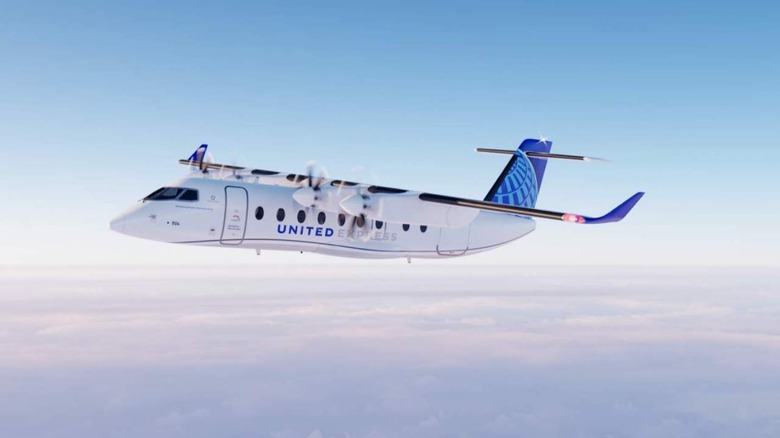
 www.slashgear.com
www.slashgear.com

United Airlines to buy 100, 19-seat electric planes from Heart Aerospace
United Airlines (UAL.O) said on Tuesday it would buy 100 19-seat ES-19 electric planes from Swedish start-up Heart Aerospace, as the U.S. carrier eyes battery-powered aircraft for regional routes.

United Airlines Is Ordering 100 Of These All-Electric Planes: Here's Why
United plans to add 100 all-electric aircraft to its fleet, with the new planes providing short-hop transportation of up to 250 miles. The Heart Aerospace…
Last edited:
- Joined
- 25 January 2020
- Messages
- 1,279
- Reaction score
- 1,954
Definitely, and it is being explored upon. However, a balance has to be found between the weight of the batteries and the power of the other engines, so as to give optimum efficiency.If you can fill it full of batteries, theirs probably room for a hybrid electric option in there somewhere.
The P&W approach, less radical but with a sensible 30% decrease in fuel consumption (target) :

 www.reuters.com
www.reuters.com
MONTREAL, July 14 (Reuters) - Canada is expected to announce government support for Pratt & Whitney to bring a hybrid engine to first flight, as the country eyes a broader role in developing new technologies to lower emissions, two people with knowledge of the matter told Reuters.
[...]
Pratt & Whitney, which dominates the turboprop market, has been working toward a flight demonstration of an integrated hybrid engine under an effort called Project 804. Testing is to be performed on a De Havilland Canada Dash-8 100 turboprop.
Previously, Pratt said the hybrid-electric propulsion system could yield an average fuel savings of 30% for regional prop planes.

EXCLUSIVE Canada to back Pratt & Whitney turboprop hybrid engine technology -sources
Canada is expected to announce government support for Pratt & Whitney to bring a hybrid engine to first flight, as the country eyes a broader role in developing new technologies to lower emissions, two people with knowledge of the matter told Reuters.
alberchico
I really should change my personal text
- Joined
- 14 January 2014
- Messages
- 708
- Reaction score
- 1,514
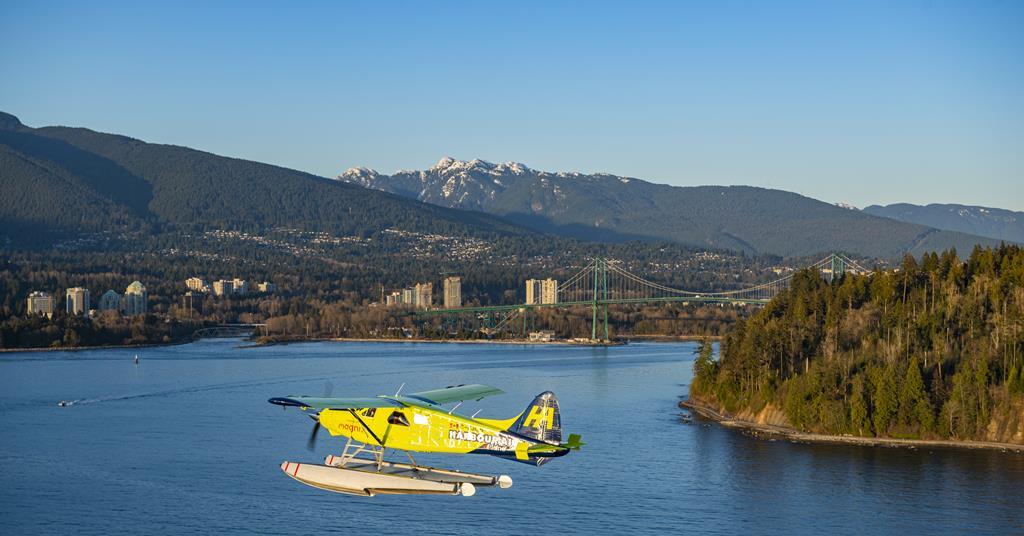
Why visionaries think small electric aircraft can revolutionise regional air travel
If all goes to plan, by this time next year Canadian regional carrier Harbour Air will make history as the first airline to fly paying passengers on an all-electric aircraft.
- Joined
- 9 October 2009
- Messages
- 21,979
- Reaction score
- 13,645

United and Mesa To Buy Electric Planes For Short Trips - Slashdot
United and a regional airline partner are hoping to use a new electric plane to revitalize short-haul flying. The Wall Street Journal reports: United's venture fund and Mesa Air Group Inc. are investing in Heart Aerospace, a Swedish company developing a 19-seat electric aircraft. Tuesday's deal...
tech.slashdot.org
shin_getter
ACCESS: Top Secret
- Joined
- 1 June 2019
- Messages
- 1,113
- Reaction score
- 1,501

REGENT | Coastal Travel. 100% Electric.
We develop & manufacture all-electric, passenger-carrying, wing-in-ground-effect vehicles to service coastal routes, building on real-world-proven tech.
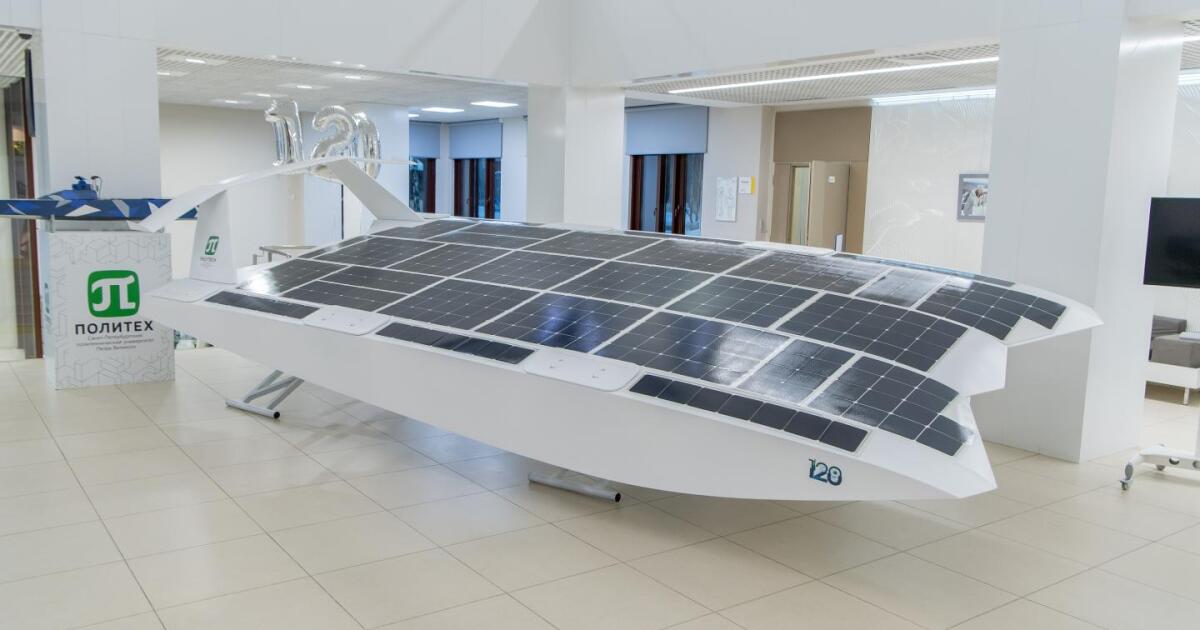
Unmanned solar wing-in-ground-effect vehicle being developed in Russia
Russia has a long history of experimenting with wing-in-ground-effect (WIG) vehicles, most notably the huge ekranoplans dating back to the 1960s. Now, Russian scientists are developing a smaller unmanned WIG, that's solar-powered.
A Future for Hybrid and Battery-Electric Wing Ships
Over the past three years, various aviation technical publications have reported on developments in...
Looking at electric aviation, just about everything have to be tried to enable functional range. Even ultra-strong materials couldn't do much when battery weight fractions is just plain too much. WIG is one that needs exploration.
Much work needs to be done to deal with higher ocean states. Distributed propulsion and rapid electric response curves, plus cheap flight computers promises improvements in control that nonetheless need to be realized.
----------------------------
With the miserable mass to energy ratio of batteries, an additional technology that I think will be important is detaching batteries in stages of flight (like rocket boosters). A electrical aircraft that just drops the "climb" battery back to the starting airport can save so much weight and improve range accordingly.
There is research needed on how to do this economically and safely.
- Joined
- 25 January 2020
- Messages
- 1,279
- Reaction score
- 1,954
I doubt that such a system would be viable, and that more research into bio-ethanol should be done for flights in excess of 90 minutes, whilst electric aircraft can fill in for flights under that time. Fully electric aircraft for long-haul flights are simply unviable.With the miserable mass to energy ratio of batteries, an additional technology that I think will be important is detaching batteries in stages of flight (like rocket boosters). A electrical aircraft that just drops the "climb" battery back to the starting airport can save so much weight and improve range accordingly.
There is research needed on how to do this economically and safely.
shin_getter
ACCESS: Top Secret
- Joined
- 1 June 2019
- Messages
- 1,113
- Reaction score
- 1,501
The thing is that straight electric propulsion is projected to drop 40% the cost for short haul before hard regulation hits aviation emissions. One can add significant costs on a base system to add range and still hit cost superiority/parity to fossil fueled aircraft. There is just a space for really complex methods of extending range and still make economic sense.
With biofuels, growing population and meat consumption will put pressure on land and prices is unlikely to drop (unless we all eat bugs or beans) below what fossil fuels.
With biofuels, growing population and meat consumption will put pressure on land and prices is unlikely to drop (unless we all eat bugs or beans) below what fossil fuels.
- Joined
- 25 January 2020
- Messages
- 1,279
- Reaction score
- 1,954
Unless new, more efficient methods of creating fuels on waste food matter is delved into.With biofuels, growing population and meat consumption will put pressure on land and prices is unlikely to drop (unless we all eat bugs or beans) below what fossil fuels.
An interesting development will be if we can integrate the batteries/energy storage solutions into the physical structure of the aircraft therefore allowing the weight of such to be spread more across both structure and propulsion rather than as an add on for propulsion only.
- Joined
- 25 January 2020
- Messages
- 1,279
- Reaction score
- 1,954
Interesting thought, but wouldn't that add some safety issues in the event of an incident?An interesting development will be if we can integrate the batteries/energy storage solutions into the physical structure of the aircraft therefore allowing the weight of such to be spread more across both structure and propulsion rather than as an add on for propulsion only.
You're missing my point - I am talking about the physical structure being the battery. That is don't have structure + battery but rather structure that is battery as well. Might be possible through some innovative design and full 3D printing of parts - essentially building aircraft 'organically' (for want of a better word).That's what fuel cells do. The energy storage is the LH2, CH4... The conversion mechanism is the fuel cell (Solide Oxyde) and the battery generate the power used by the electrical engine.
Sorry. My mistake.
IMOHO, you would want to keep the structure segregated from fire prone elements as @Wyvern suggested.
Metallic foams based skin pannels, as stated some time ago, would make some good components, structurally sound to hold liquid or gaseous fuel under pressure.
Regarding batteries, there is around some research for foldable battery panels, structurally sound, that could make for some good skin pannels (it doesn't have to be the entire outter skin). But notice that the weight gains are fairly marginal for batteries substitution regarding dedicated packs.
IMOHO, you would want to keep the structure segregated from fire prone elements as @Wyvern suggested.
Metallic foams based skin pannels, as stated some time ago, would make some good components, structurally sound to hold liquid or gaseous fuel under pressure.
Regarding batteries, there is around some research for foldable battery panels, structurally sound, that could make for some good skin pannels (it doesn't have to be the entire outter skin). But notice that the weight gains are fairly marginal for batteries substitution regarding dedicated packs.
Last edited:
- Joined
- 9 October 2009
- Messages
- 21,979
- Reaction score
- 13,645
Polymorphic batteries are another possibility, though expensive.
- Joined
- 9 October 2009
- Messages
- 21,979
- Reaction score
- 13,645
In other news, from yesterday:
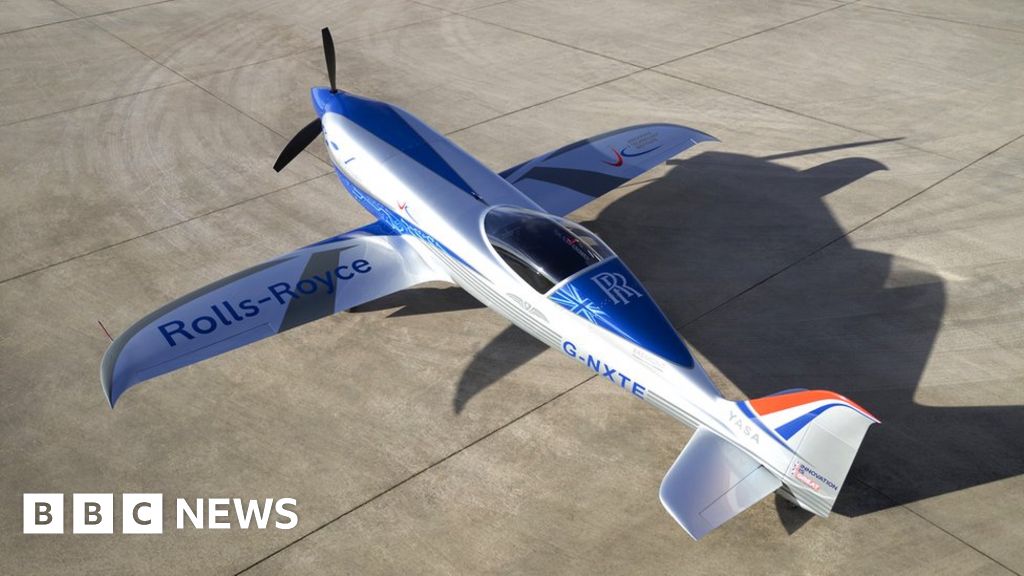
 www.bbc.com
www.bbc.com

The little tech firm gunning for an airspeed record
Electroflight has built the E-NXT which it hopes will break the electric airspeed record.
alberchico
I really should change my personal text
- Joined
- 14 January 2014
- Messages
- 708
- Reaction score
- 1,514
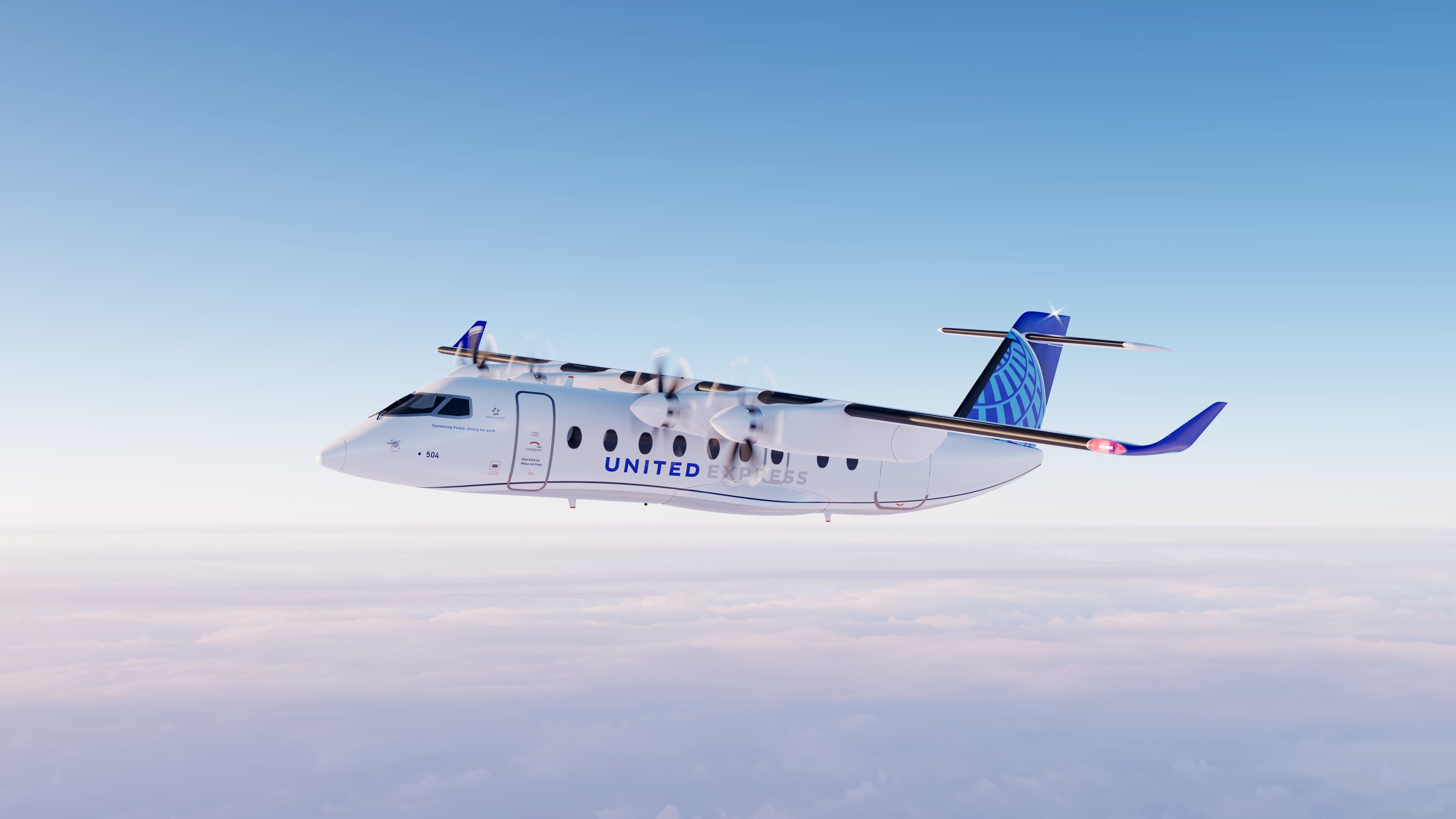
United Airlines Invests in Electric Planes: Don't Count on Them Taking Flight Soon | The Motley Fool
United Airlines just invested in an electric aircraft start-up and plans to buy at least 100 19-seat electric planes. But operating such aircraft profitably will be incredibly challenging.
A good analysis of the potential electric airliner market.
alberchico
I really should change my personal text
- Joined
- 14 January 2014
- Messages
- 708
- Reaction score
- 1,514

Tecnam Updates Two Electric Aircraft Projects
Tecnam updates two electric aircraft projects.
Even though the electric version of the P2012 will have a measly range of only 100 miles, I can see this aircraft as a fit for carriers like Loganair that have very short routes. But in order for it to be a real success, the range has to be drastically increased. You can't do much with 100 miles. Especially when things like having sufficient reserves for diversions are factored in.
shin_getter
ACCESS: Top Secret
- Joined
- 1 June 2019
- Messages
- 1,113
- Reaction score
- 1,501

Joby’s eVTOL aircraft surpasses 150 miles on a single charge
Joby says its fully electric air taxi prototype has flown more than 150 miles on a single charge, which the company believes is the longest eVTOL flight to date.
The Director of the Air Academy (France) express his scepticism regarding Airbus vaunted EU subsidized hydrogen research for aviation, urging political bodies to pursue a more realistic approach:

"Il faut réexaminer la pertinence de l'hydrogène pour l'aviation" (Michel Wachenheim, président de l'Académie de l'Air et de l'Espace)
Sommité du transport aérien, Michel Wachenheim, ancien directeur de l'aviation civile française, ancien directeur de cabinet de Dominique Bussereau quand celui-ci était ministre des Transports (2007-2010), ancien ambassadeur de la France à l'OACI, l'organisation internationale de l'aviation...www.latribune.fr
To quote both prophet and John LOR Houbolt... "like a voice in the wilderness" unfortunately...
What bother me with LH2 aircraft ? even Johnson's Skunk Works could'nt pulled it out with SUNTAN. Different requirements and times, ok, but LH2 issues haven't changed by an inch...
- Joined
- 28 January 2008
- Messages
- 635
- Reaction score
- 512
There was an news item in the RAeS Aerospace magazine (August 2021) concerning the German company Deutsche Aircraft which was aiming to resurrect the Dornier 328 production line.
It had signed a Memorendum of Understanding (MoU) with H2FLY to convert a 328 into a hydrogen fuel cell-powered demonstrator (designated B328eco).
Plans were for a 2025 completion and the example would be the largest hydrogen powered demo aircraft and explore the possibility of a zero carbon regional flight for a 40 seat aircraft.
Sources:
Aerospace August 2021

 www.deutscheaircraft.com
www.deutscheaircraft.com
It had signed a Memorendum of Understanding (MoU) with H2FLY to convert a 328 into a hydrogen fuel cell-powered demonstrator (designated B328eco).
Plans were for a 2025 completion and the example would be the largest hydrogen powered demo aircraft and explore the possibility of a zero carbon regional flight for a 40 seat aircraft.
Sources:
Aerospace August 2021

Deutsche Aircraft
The journey to a more sustainable future starts here. We are accelerating the aviation industry’s transition towards lower emissions using the D328eco®.
- Joined
- 25 January 2020
- Messages
- 1,279
- Reaction score
- 1,954
If done right it could be a "miracle" fuel. "If done right" is the key. I still think the best bet is with ethanol made from human waste (like thrown away food and sewage) or from inedible plants or from manure. More research into the field should be done, imo, but I am in no way an expert in fuels!What bother me with LH2 aircraft ? even Johnson's Skunk Works could'nt pulled it out with SUNTAN. Different requirements and times, ok, but LH2 issues haven't changed by an inch...
How about a good old fashioned winch launch, with the cable carrying power to the aircraft, appreciate its very different from today's operation, but we are mostly talking regional airports, or dedicated small runways at the hub airports. This would shirley save 20% of the power?
REGENT | Coastal Travel. 100% Electric.
We develop & manufacture all-electric, passenger-carrying, wing-in-ground-effect vehicles to service coastal routes, building on real-world-proven tech.www.regentcraft.com

Unmanned solar wing-in-ground-effect vehicle being developed in Russia
Russia has a long history of experimenting with wing-in-ground-effect (WIG) vehicles, most notably the huge ekranoplans dating back to the 1960s. Now, Russian scientists are developing a smaller unmanned WIG, that's solar-powered.newatlas.com
A Future for Hybrid and Battery-Electric Wing Ships
Over the past three years, various aviation technical publications have reported on developments in...www.maritime-executive.com
Looking at electric aviation, just about everything have to be tried to enable functional range. Even ultra-strong materials couldn't do much when battery weight fractions is just plain too much. WIG is one that needs exploration.
Much work needs to be done to deal with higher ocean states. Distributed propulsion and rapid electric response curves, plus cheap flight computers promises improvements in control that nonetheless need to be realized.
----------------------------
With the miserable mass to energy ratio of batteries, an additional technology that I think will be important is detaching batteries in stages of flight (like rocket boosters). A electrical aircraft that just drops the "climb" battery back to the starting airport can save so much weight and improve range accordingly.
There is research needed on how to do this economically and safely.
And the detachable battery pods sounds awfully like my VTOL idea, of drones that attach to give a VTOL, to an otherwise 'normal' aircraft.
How about a good old fashioned winch launch, with the cable carrying power to the aircraft, appreciate its very different from today's operation, but we are mostly talking regional airports, or dedicated small runways at the hub airports. This would shirley save 20% of the power?
REGENT | Coastal Travel. 100% Electric.
We develop & manufacture all-electric, passenger-carrying, wing-in-ground-effect vehicles to service coastal routes, building on real-world-proven tech.www.regentcraft.com

Unmanned solar wing-in-ground-effect vehicle being developed in Russia
Russia has a long history of experimenting with wing-in-ground-effect (WIG) vehicles, most notably the huge ekranoplans dating back to the 1960s. Now, Russian scientists are developing a smaller unmanned WIG, that's solar-powered.newatlas.com
A Future for Hybrid and Battery-Electric Wing Ships
Over the past three years, various aviation technical publications have reported on developments in...www.maritime-executive.com
Looking at electric aviation, just about everything have to be tried to enable functional range. Even ultra-strong materials couldn't do much when battery weight fractions is just plain too much. WIG is one that needs exploration.
Much work needs to be done to deal with higher ocean states. Distributed propulsion and rapid electric response curves, plus cheap flight computers promises improvements in control that nonetheless need to be realized.
----------------------------
With the miserable mass to energy ratio of batteries, an additional technology that I think will be important is detaching batteries in stages of flight (like rocket boosters). A electrical aircraft that just drops the "climb" battery back to the starting airport can save so much weight and improve range accordingly.
There is research needed on how to do this economically and safely.
And the detachable battery pods sounds awfully like my VTOL idea, of drones that attach to give a VTOL, to an otherwise 'normal' aircraft.
I did a winch launch one, as a passenger in a glider. That was... impressive. And a little brutal.
Side by side? in a segburgh, for that wind in the hair feeling......and no suspension, probably close the WW1 flying experience we are going to get....How about a good old fashioned winch launch, with the cable carrying power to the aircraft, appreciate its very different from today's operation, but we are mostly talking regional airports, or dedicated small runways at the hub airports. This would shirley save 20% of the power?
REGENT | Coastal Travel. 100% Electric.
We develop & manufacture all-electric, passenger-carrying, wing-in-ground-effect vehicles to service coastal routes, building on real-world-proven tech.www.regentcraft.com

Unmanned solar wing-in-ground-effect vehicle being developed in Russia
Russia has a long history of experimenting with wing-in-ground-effect (WIG) vehicles, most notably the huge ekranoplans dating back to the 1960s. Now, Russian scientists are developing a smaller unmanned WIG, that's solar-powered.newatlas.com
A Future for Hybrid and Battery-Electric Wing Ships
Over the past three years, various aviation technical publications have reported on developments in...www.maritime-executive.com
Looking at electric aviation, just about everything have to be tried to enable functional range. Even ultra-strong materials couldn't do much when battery weight fractions is just plain too much. WIG is one that needs exploration.
Much work needs to be done to deal with higher ocean states. Distributed propulsion and rapid electric response curves, plus cheap flight computers promises improvements in control that nonetheless need to be realized.
----------------------------
With the miserable mass to energy ratio of batteries, an additional technology that I think will be important is detaching batteries in stages of flight (like rocket boosters). A electrical aircraft that just drops the "climb" battery back to the starting airport can save so much weight and improve range accordingly.
There is research needed on how to do this economically and safely.
And the detachable battery pods sounds awfully like my VTOL idea, of drones that attach to give a VTOL, to an otherwise 'normal' aircraft.
I did a winch launch one, as a passenger in a glider. That was... impressive. And a little brutal.
The following article mentions electric power for aircraft.

 www.rolls-royce.com
www.rolls-royce.com

Rolls-Royce generator delivered for most powerful hybrid-electric propulsion system in aerospace
Rolls-Royce generator delivered for most powerful hybrid-electric propulsion system in aerospace
shin_getter
ACCESS: Top Secret
- Joined
- 1 June 2019
- Messages
- 1,113
- Reaction score
- 1,501
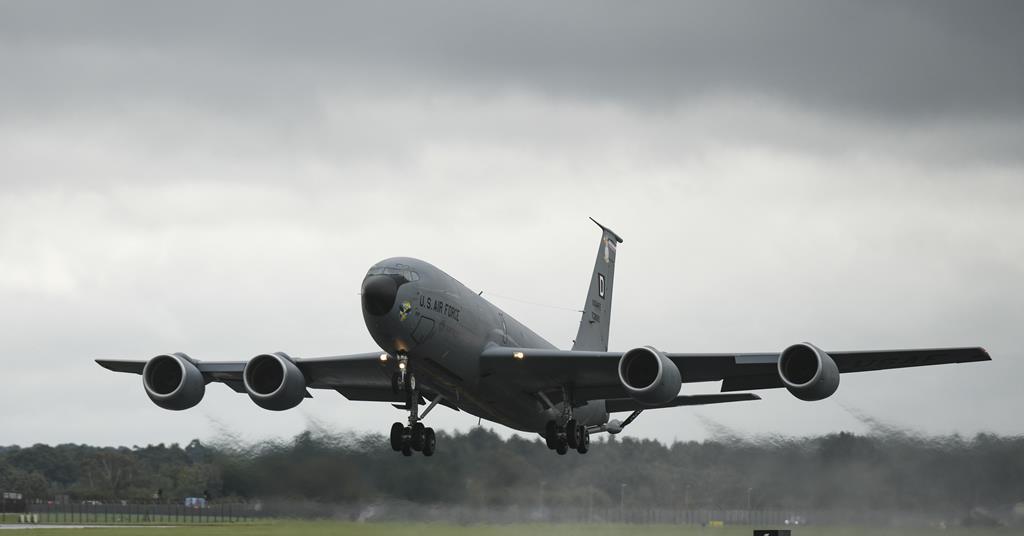
Bell seeks to plug range gap with in-flight charging for electric aircraft
Airframer files patent application detailing system to increase capability of electric aircraft through use of 'tanker drones'.
Patent laws are funny
Last edited:
shin_getter
ACCESS: Top Secret
- Joined
- 1 June 2019
- Messages
- 1,113
- Reaction score
- 1,501
wing blowing distributed propulsion advantage explained
Minimum noise aircraft...
Last edited:
shin_getter
ACCESS: Top Secret
- Joined
- 1 June 2019
- Messages
- 1,113
- Reaction score
- 1,501
Found a nice blog on the topic.
Summary:
Hydrogen: fuel cell low efficiency(big heat exchanger), low power density kills payload for long haul for now.
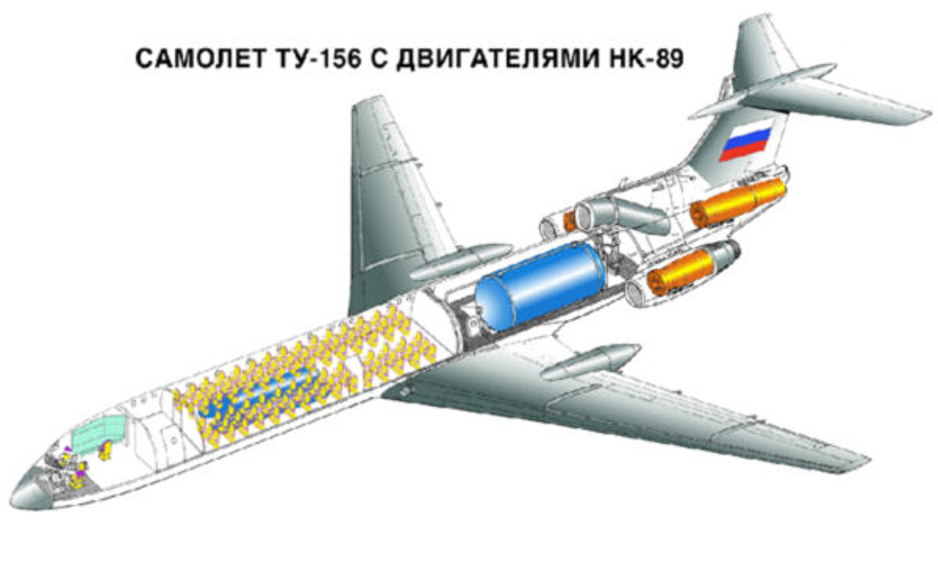
Summary:
Hybrids: no free energy in the sky

Summary:
3% reduction in fuel against ideal conventional designs at max range, economics come from emissions taxes and short range (greater energy fraction from batteries) to up to 20% SFC fleet effects.
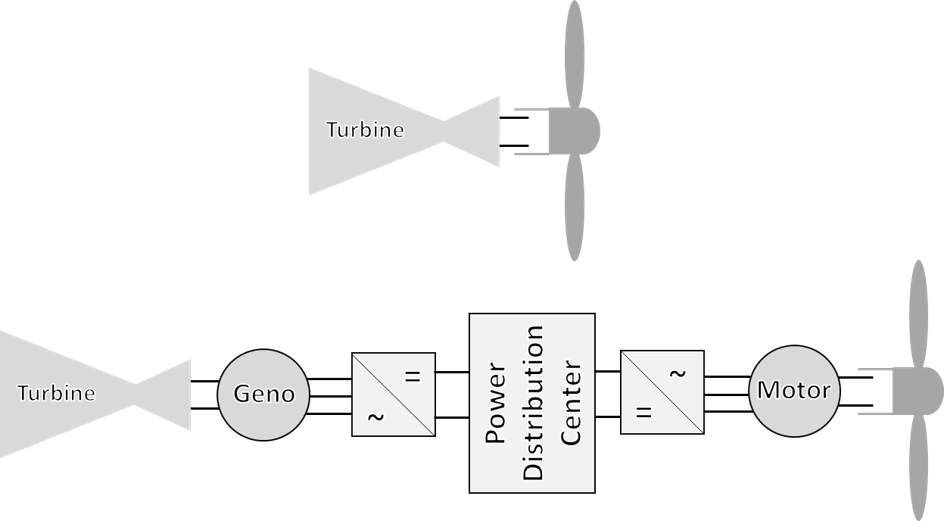
Summary:
Hydrogen: fuel cell low efficiency(big heat exchanger), low power density kills payload for long haul for now.

Summary:
Hybrids: no free energy in the sky

Summary:
3% reduction in fuel against ideal conventional designs at max range, economics come from emissions taxes and short range (greater energy fraction from batteries) to up to 20% SFC fleet effects.

- Joined
- 27 May 2008
- Messages
- 1,179
- Reaction score
- 2,485
Found a nice blog on the topic.
Summary:
Hydrogen: fuel cell low efficiency(big heat exchanger), low power density kills payload for long haul for now.

Ah, using the Tu155 as proof of concept viability is flawed;- It’s widely reported it did just four or five LH2 flights. I’ve seen it said that the last one ended in a narrowly avoided catastrophe when a critical He2 purging system specifically designed to maintain the LH2 flight safety just didn’t work (not unserviceable, simply unable to perform its function) leading to an unplanned combustion in the cabin. Upon looking at the purge physics it was realised it was beyond them so they gave up with LH2. They then did 96 flights with liquid methane.
Beware of the euro hydrogen lobby claiming this was an example of a resounding LH2 success.
Found a nice blog on the topic.
Summary:
Hydrogen: fuel cell low efficiency(big heat exchanger), low power density kills payload for long haul for now.

Ah, using the Tu155 as proof of concept viability is flawed;- It’s widely reported it did just four or five LH2 flights. I’ve seen it said that the last one ended in a narrowly avoided catastrophe when a critical He2 purging system specifically designed to maintain the LH2 flight safety just didn’t work (not unserviceable, simply unable to perform its function) leading to an unplanned combustion in the cabin. Upon looking at the purge physics it was realised it was beyond them so they gave up with LH2. They then did 96 flights with liquid methane.
Beware of the euro hydrogen lobby claiming this was an example of a resounding LH2 success.
I've heard of that modified Tu-154 many times - and wondered why they had gone with natural gas, methane, but not LH2.
Now I have the answer: they did, but it nearly ended in disaster.
"an unplanned combustion in the cabin" - dear God. What an euphemism to describe a close brush with disaster.
According to Bart. Hendrickx Energya-Buran book, work on Tu-155 was an offspring of Gurko & Myasishchev M(G)-19 "Gurkolyot" nuclear rocketplane studies - which also used LH2 as fuel but obviously went nowhere.

M-19 “Gurkolyot”: Grab the Problem by the Throat, Not the Tail
What it was: The Ministry of Aviation’s candidate for a Soviet shuttle, an apparent attempt to wrest control of the Soviet crewed space program away from the Ministry of General Machine Build…
And @flateric in turn told me Gurkolyot was a Soviet answer to Bussard ASPEN own nuclear rocketplane SSTO.
The space program has no other choice than accepting LH2 many hassles, because its high energy is necessary for that dauting ascent to orbit delta-v. And they pay a high toll to it.
Commercial aviation... I have doubts.
Last edited:
I'm rooting instead for REL ultra-smart trick of storing NH3 and cracking it into LH2 to be fed into the turbofans.
In comparison with LH2, storage of NH3 is a piece of cake - much closer from kerosene. Including in the wings.
Fact is the X-15 had no disaster nor serious trouble related to NH3...
In comparison with LH2, storage of NH3 is a piece of cake - much closer from kerosene. Including in the wings.
Fact is the X-15 had no disaster nor serious trouble related to NH3...
Last edited:
alberchico
I really should change my personal text
- Joined
- 14 January 2014
- Messages
- 708
- Reaction score
- 1,514

Urban Aeronautics secures $10 million for CityHawk VTOL development
Urban Aeronautics has raised $10 million from unidentified private investors to advance development of its CityHawk VTOL aircraft.
Even though they have a commitment for an air ambulance version, I think the noise levels on this thing would be too high for regular air taxi services.
Rhinocrates
ACCESS: Top Secret
- Joined
- 26 September 2006
- Messages
- 3,054
- Reaction score
- 7,789
Quite the beauty.
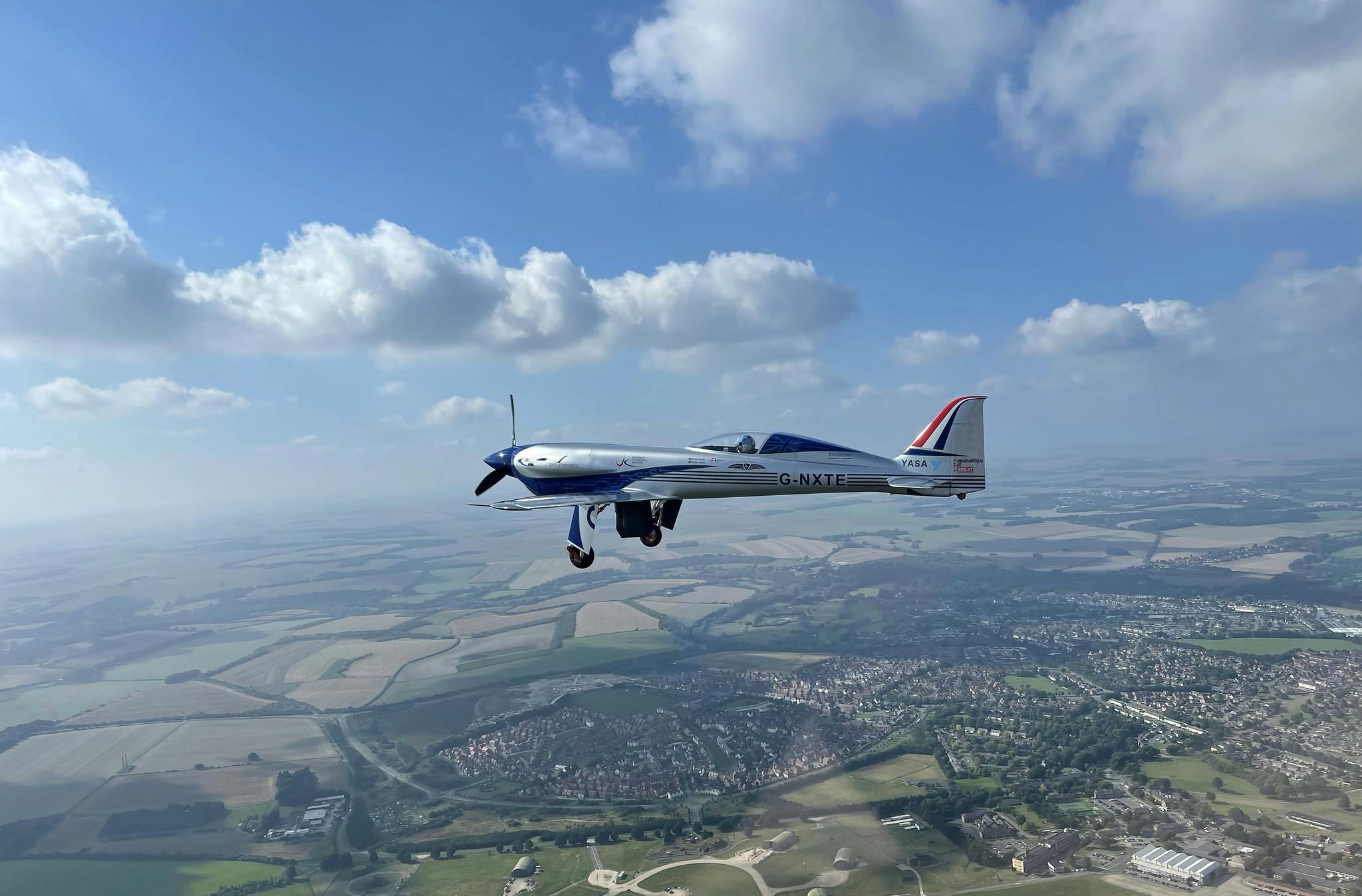
 ukdefencejournal.org.uk
ukdefencejournal.org.uk
View: https://vimeo.com/605839135

Rolls-Royce all-electric aircraft takes to the skies
The 'Spirit of Innovation' took off from the Ministry of Defence's Boscombe Down site, which is managed by QinetiQ, and flew for approximately 15 minutes.
 ukdefencejournal.org.uk
ukdefencejournal.org.uk
shin_getter
ACCESS: Top Secret
- Joined
- 1 June 2019
- Messages
- 1,113
- Reaction score
- 1,501

A saccharide-based binder for efficient polysulfide regulations in Li-S batteries - Nature Communications
The long-term cycling of Li-S batteries depends on the polysulfides shuttling regulation. Here, the authors present a saccharide-based binder system to control the polysulfides migration and improve the cycle life of a Li-S pouch cell.
1000 cycles out of a Li-S battery. (lab scale)
~Practical 500Wh/kg appears on the horizon.
Similar threads
-
Sikorsky Long-Range Hybrid-Electric VTOL Demonstrator (HEX)
- Started by VTOLicious
- Replies: 5
-
-
-
-

